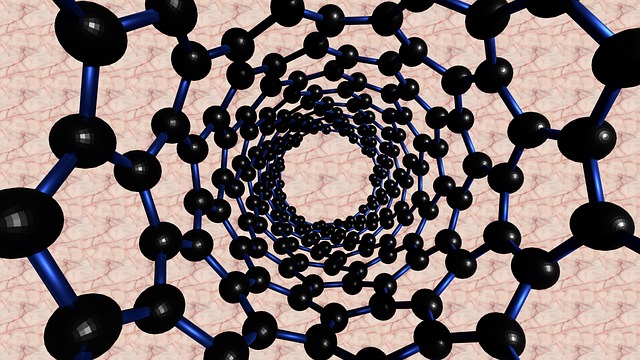New results hint that the Carbon nanotube can be used for building artificial water channels and high-performance membranes.
As water scarcity becomes more common and communities start running out of cheap available water, they need to supplement their supplies with desalinated water from seawater and brackish water sources. Carbon nanotubes (CNTs) are cylindrical molecules that consist of rolled-up sheets of single-layer carbon atoms (graphene). They can be single-walled (SWCNT) with a diameter of less than 1 nanometer (nm) or multi-walled (MWCNT), consisting of several concentrically interlinked nanotubes, with diameters reaching more than 100 nm. Their length can reach several micrometers or even millimeters.
Scientists from Lawrence Livermore National Laboratory, USA develop Carbon nanotubes (CNTs) pores, which mimic the structure of the aquaporin channels, support extremely high water transport rates. They inserted CNTs into lipid bilayers and form Artificial water channels that mimic aquaporin channel functionality and intrachannel single-file water arrangement. They used experimental platform to measure water and chloride ion transport through 0.8-nm-diameter CNTPs using fluorescence-based assays that avoid common artifacts of light-scattering measurements. This methodology allowed us to determine the accurate value of water-salt permselectivity in narrow CNT pores. The CNTPS filtered chloride ions and show water-salt permselectivity values comparable to those of commercial desalination membranes.
Source: Li et al., 2020. Science Advances 16 Sep 2020:Vol. 6, no. 38, eaba9966 DOI: 10.1126/sciadv.aba9966
